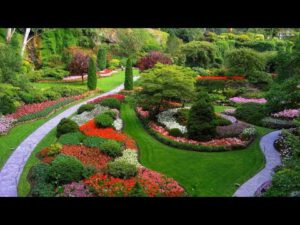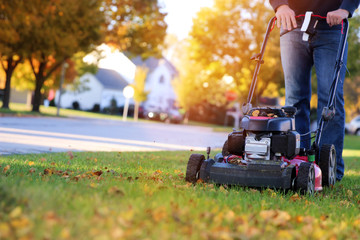Landscape design is the art of creating a landscape that combines nature and culture. It involves a blend of landscape architecture and garden design.
Plant layout in landscaping design is an important part of making the most of your landscape. It allows you to visualize your options and helps you avoid costly mistakes.
Understanding how the space is used and what kind of activities you plan to have in it are important parts of the process. In addition, observing the yard throughout the day can help you decide on the right design.
The scale of the plants can also be important. A well-designed garden can be an ecologically sound and aesthetic experience. However, overcrowding can make a space look cluttered and unattractive.
One of the best ways to ensure that your plantings fit in with the rest of your landscape is to use repetition. This can be done by varying the sizes of the plants or using plants that have different textures or shades of color. Repetition can also be a way to create flow in the design.
During the planning and designing process, you can also use patterns to organize the different spaces. This can include areas like the front porch, patio, and deck.
Using repetition is not only a good idea but also an effective one. For example, if you are going to build a large outdoor living room, use plants that are both big and small. You can then create a visually interesting composition and add a focal point to draw the eye.
One of the most common mistakes in landscaping design is placing a shrub or tree too close to a house. While the plant may have good aesthetic qualities, it is likely to compete with the structure for water and nutrients.
Rhythm is a way of introducing a pattern into a landscape. This is done by repetition of form, texture, or color.
Rhythm is often created by strategically positioning elements in a design. By doing so, the pacing of the entire garden can be established.
Rhythm can also be established through changes in size, shape, or material. For example, a group of trees can provide the underlying structure for the rest of the plantings.
Using a series of clustered steps can provide a more complex rhythm. Likewise, a curved path can create a slow, steady rhythm.
One of the most important factors of landscaping is the focal point. It can be a plant with an unusual structure, a large boulder, a statue, or bright colors. The focal point is the most powerful feature of the landscape.
Rhythm can be used to emphasize one feature while simultaneously drawing attention to another. For example, a brick herringbone pattern in a hardscape can provide a directional element that guides people through the garden. Similarly, a straight path can lead the eye along and down a driveway.
In addition to establishing a rhythm in the landscape, repetition can add interest. Especially for small spaces, a repetitive pattern can draw the eye to a specific focal point and encourage it to travel through the rest of the garden.
Rhythm is particularly useful in achieving a sense of balance. If you start with a simple design, then expand into more complicated ideas, you’ll lose focus and end up with an uninteresting, empty landscape.
Contrast and harmony are essential elements of a good landscape design. They add dimension and vibrancy to your yard, as well as help create a sense of unity. However, it is important to get them right. Otherwise, your yard may end up looking chaotic and disorganized.
The best way to achieve a balance between the two is to incorporate a combination of contrasting elements. This can be accomplished by using heights, textures, and other elements. Alternatively, you can use a splash of color.
The concept of contrast is important because it will draw the viewer’s attention to specific elements. For example, a sprinkling of red berries in a snowy landscape is a nice touch. In addition, it can also draw the eye to the main focal point.
The best way to implement this is through the right amount of repetition. Repetition can help create a cohesive look, as well as pull the various elements together into a unified whole.



